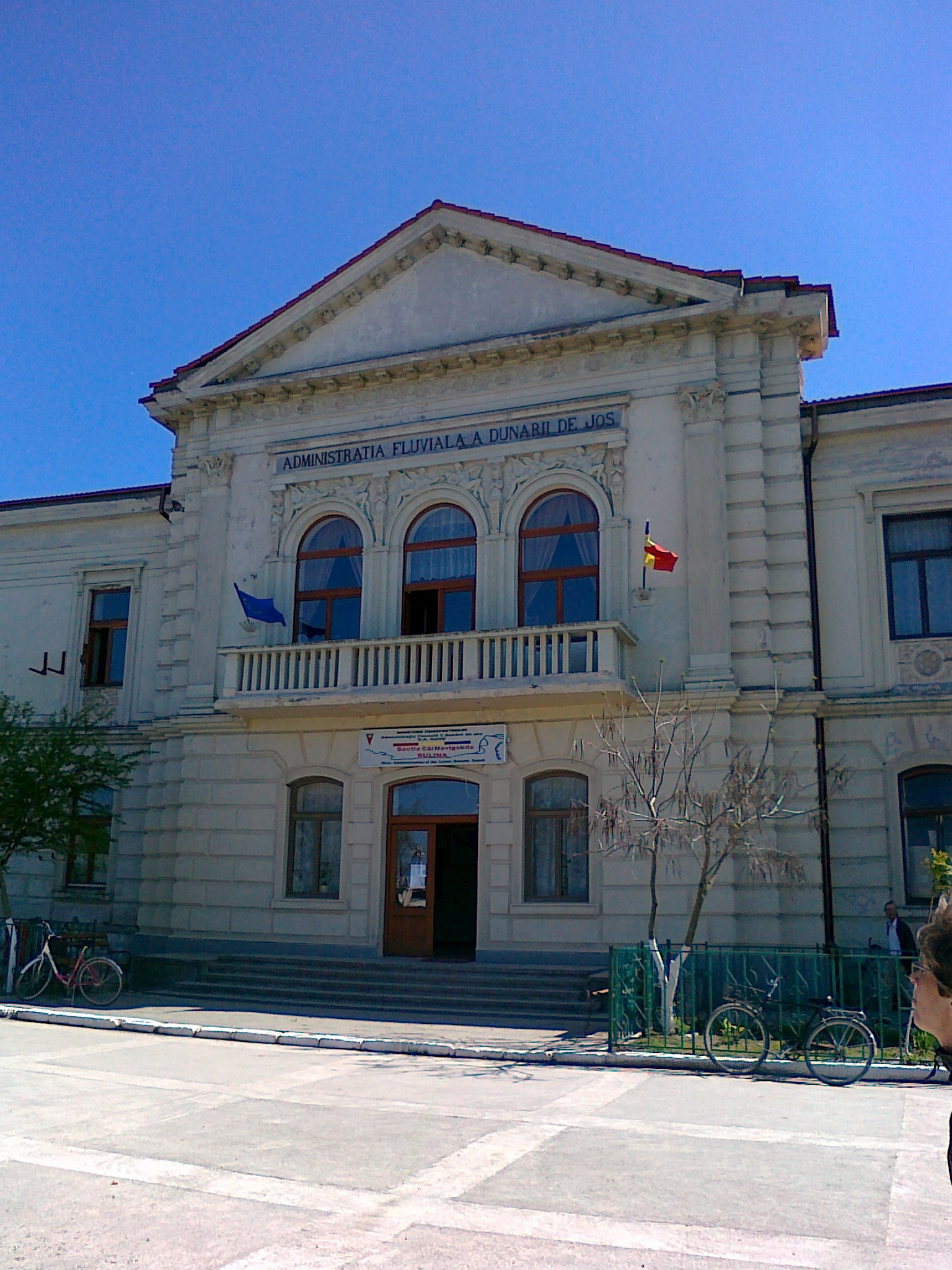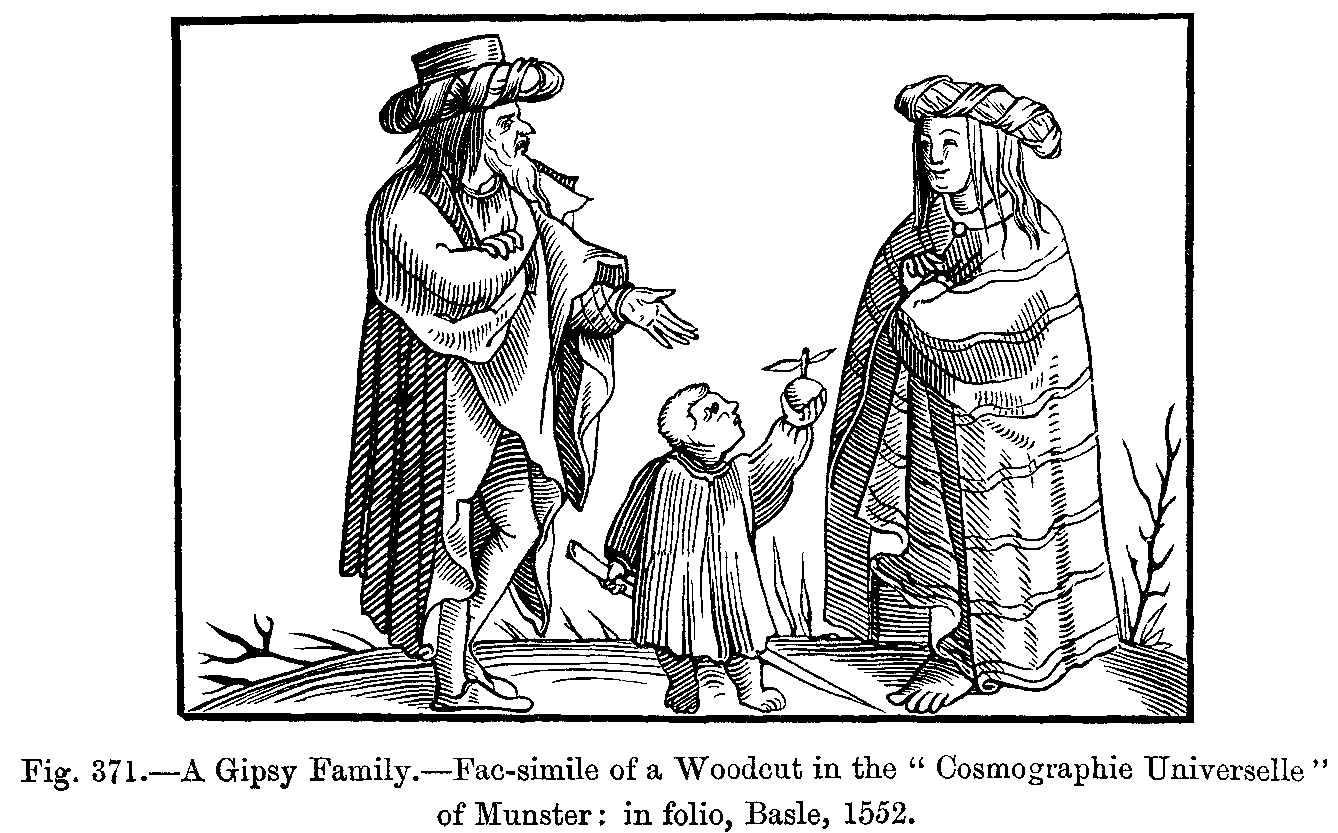|
Romanian Muslims
Islam in Romania is followed by only 0.3 percent of population, but has 700 years of tradition in Northern Dobruja, a region on the Black Sea coast which was part of the Ottoman Empire for almost five centuries (ca. 1420-1878). In present-day Romania, most adherents to Islam belong to the Tatar and Turkish ethnic communities and follow the Sunni doctrine. The Islamic religion is one of the 18 rites awarded state recognition. According to tradition, Islam was first established locally around Sufi leader Sari Saltik during the Byzantine epoch. The Islamic presence in Northern Dobruja was expanded by Ottoman overseeing and successive immigration, but has been in steady decline since the late 19th century. In Wallachia and Moldavia, the two Danubian Principalities, the era of Ottoman suzerainty was not accompanied by a growth in the number of Muslims, whose presence there was always marginal. Also linked to the Ottoman Empire, groups of Islamic colonists in other parts of pres ... [...More Info...] [...Related Items...] OR: [Wikipedia] [Google] [Baidu] |
Northern Dobruja
Northern Dobruja ( ro, Dobrogea de Nord or simply ; bg, Северна Добруджа, ''Severna Dobrudzha'') is the part of Dobruja within the borders of Romania. It lies between the lower Danube river and the Black Sea, bordered in the south by Southern Dobruja, which is part of Bulgaria. History Around 600 BC, the Greeks colonized the Black Sea shore and founded numerous fortresses: Tomis (today's Constanta), Callatis, Histria, Argamum, Heracleea, Aegysus. Greeks have commerce with dacians who lived there on main land. Dobruja became a Roman province after conquest of Dacian Tribes. One of the best preserved remnants of this period is the Capidava citadel. Between the 7th and 14th century, Dobruja was part of the First Bulgarian Empire and the Second Bulgarian Empire. For a long period in the 14-15th century, Dobruja became part of Wallachia. The territory fell under Ottoman rule from the mid-15th century until 1878, when it was awarded to Romania for its role in the 18 ... [...More Info...] [...Related Items...] OR: [Wikipedia] [Google] [Baidu] |
Adevărul
''Adevărul'' (; meaning "The Truth", formerly spelled ''Adevĕrul'') is a Romanian daily newspaper, based in Bucharest. Founded in Iași, in 1871, and reestablished in 1888, in Bucharest, it was the main left-wing press venue to be published during the Romanian Kingdom's existence, adopting an independent pro- democratic position, advocating land reform, and demanding universal suffrage. Under its successive editors Alexandru Beldiman and Constantin Mille, it became noted for its virulent criticism of King Carol I. This stance developed into a republican and socialist agenda, which made ''Adevărul'' clash with the Kingdom's authorities on several occasions. As innovative publications which set up several local and international records during the early 20th century, ''Adevărul'' and its sister daily ''Dimineața'' competed for the top position with the right-wing ''Universul'' before and throughout the interwar period. In 1920, ''Adevărul'' also began publishing its prestigious ... [...More Info...] [...Related Items...] OR: [Wikipedia] [Google] [Baidu] |
Tulcea County
Tulcea County () is a county ( județ) of Romania, in the historical region Dobruja, with the capital city at Tulcea. It includes in its northeast corner the large and thinly-populated estuary of the Danube. Demographics In 2011, Tulcea County had a population of 201,462. The population density was 23.7/km², the lowest among the counties of Romania, due to the inclusion within the area of the lowly-populated Danube estuarial wetlands. * Romanians - 89.13% * Lipovans - 5.41% * Turks - 0.93% * Romani - 1.87% * Greeks - 0.65% In the Danube Delta there is an important community of Russians and Lipovans. In the south of the county there are communities of Turks. The region once was a centre of Islam in Romania. Geography The county has a total area of . The most significant feature of Tulcea County is the Danube Delta, which occupies about 1/3 of the entire surface and is located in the North-East side of the county. The Delta has three main branches: the Sulina bran ... [...More Info...] [...Related Items...] OR: [Wikipedia] [Google] [Baidu] |
Constanța County
Constanța () is a county ( județ) of Romania on the border with Bulgaria, in the Dobruja region. Its capital city is also named Constanța. Demographics In 2011, it had a population of 684,082 and the population density was 96/km2. The degree of urbanization is much higher (about 75%) than the Romanian average. In recent years the population trend is: The majority of the population are Romanians. There are important communities of Turks and Tatars, remnants of the time of Ottoman rule. Currently the region is the centre of the Muslim minority in Romania. A great number of Aromanians have migrated to Dobruja in the last century, and they consider themselves a cultural minority rather than an ethnic minority. There are also Romani. Geography *Călărași County and Ialomița County are to the west. *Tulcea County and Brăila County are to the north. *Bulgaria (Dobrich Province and Silistra Province) are to the south. Economy The predominant industries in the county ... [...More Info...] [...Related Items...] OR: [Wikipedia] [Google] [Baidu] |
Counties Of Romania
, alt_name = , alt_name1 = , alt_name2 = , alt_name3 = , alt_name4 = , map = , category = Unitary state , territory = Romania , upper_unit = , start_date = 1995 (Current form, 41 + Bucharest) , start_date1 = 1859 (33) , start_date2 = 1926 (71) , start_date3 = 1941 (73) , start_date4 = 1968 (38 + Bucharest + Ilfov Agricultural Sector) , start_date5 = 1981 (40 + Bucharest) , legislation_begin = , legislation_begin1 = , legislation_begin2 = , legislation_begin3 = , legislation_begin4 = , legislation_end = , legislation_end1 = , legislation_end2 = , legislation_end3 = , legislation_end4 = , end_date =1950–1968 , end_date1 = , end_date2 = , end_date3 = , end_date4 = , current_number = 41 , number_date = 1995 , type ... [...More Info...] [...Related Items...] OR: [Wikipedia] [Google] [Baidu] |
Roma Society And Culture
The Romani people are a distinct ethnic and cultural group of peoples living all across the globe, who share a family of languages and sometimes a traditional nomadic mode of life. Though their exact origins are unclear, central India is a notable point of origin. Their language shares a common origin with, and is similar to, modern-day Gujarati and Rajasthani, borrowing loan words from other languages as they migrated from India. In Europe, even though their culture has been victimized by other cultures, they have still found a way to maintain their heritage and society. Romani culture is influenced by Indian culture and European culture. Origins Linguistic and phonological research has traced the Roma people's origin to places in the Indian subcontinent, specifically linking Proto-Romani groups to Central India. Many report in extracts from popular literature that Romani emerged from the North-west regions of India, rather than from Central India. Features of phonological ... [...More Info...] [...Related Items...] OR: [Wikipedia] [Google] [Baidu] |
Middle East
The Middle East ( ar, الشرق الأوسط, ISO 233: ) is a geopolitical region commonly encompassing Arabian Peninsula, Arabia (including the Arabian Peninsula and Bahrain), Anatolia, Asia Minor (Asian part of Turkey except Hatay Province), East Thrace (European part of Turkey), Egypt, Iran, the Levant (including Syria (region), Ash-Shām and Cyprus), Mesopotamia (modern-day Iraq), and the Socotra Governorate, Socotra Archipelago (a part of Yemen). The term came into widespread usage as a replacement of the term Near East (as opposed to the Far East) beginning in the early 20th century. The term "Middle East" has led to some confusion over its changing definitions, and has been viewed by some to be discriminatory or too Eurocentrism, Eurocentric. The region includes the vast majority of the territories included in the closely associated definition of Western Asia (including Iran), but without the South Caucasus, and additionally includes all of Egypt (not just the Sina ... [...More Info...] [...Related Items...] OR: [Wikipedia] [Google] [Baidu] |
Albanians Of Romania
The Albanians (''Shqiptarë'' in Albanian, ''Albanezi'' in Romanian) are an ethnic minority in Romania. As an officially recognized ethnic minority, Albanians have one seat reserved in the Romanian Chamber of Deputies to the ''League of Albanians of Romania'' (''Liga Albanezilor din România''). Name Albanians are called by Romanians today ''Albanezi'', but in the past they were known as ''Arbănasi'', the old ethnonym dating back to the Middle Ages. History Early settlement An Albanian community inside the Danubian Principalities was first attested in Wallachia under Prince Michael the Brave: a report drafted by Habsburg authorities in Transylvania specified that 15,000 Albanians had been allowed to cross north of the Danube in 1595; Călinești (a village in present-day Florești, Prahova County) was one of their places of settlement, as evidenced in a document issued by Michael's rival and successor, Simion Movilă, who confirmed their right to reside in the locality. [...More Info...] [...Related Items...] OR: [Wikipedia] [Google] [Baidu] |
George Grigore
George Grigore (born 2 February 1958) is a Romanian writer, essayist, translator, professor, researcher in Middle Eastern Studies. Biography George Grigore was born in the village of Grindu, Ialomița (southeastern Romania), on 2 February 1958. In 1983, he graduated the Faculty of Foreign Languages and Literatures of the University of Bucharest. In 1997, he earned a Ph.D. from the same university, with the dissertation entitled ''Some Questions Regarding the Translation of the Qur’an into Romanian''. In 2000, as an editor-translator at Kriterion Publishing House :ro:Editura Kriterion, he launched the ''Bibliotheca Islamica'' collection, where he has published his own translations of numerous works fundamental to Islamic culture, and works of other translators. His translation of the ''Qur’an'' was most noteworthy and published in several editions, including a bilingual one, printed in Istanbul, in 2003. He has published studies on the ''Qur’an'' and Islam, as well as on th ... [...More Info...] [...Related Items...] OR: [Wikipedia] [Google] [Baidu] |
Muslim Roma
Xoraxane Roma in Balkan Romani language, are non-Vlax Romani people, who adopted Sunni Islam of Hanafi madhab at the time of the Ottoman Empire. Some of them are Derviş of Sufism belief, and the biggest Tariqa of Jerrahi is located at the largest Arlije and Gurbeti Muslim Roma settlement in Europe in Šuto Orizari, locally called ''Shutka'' in North Macedonia have their own Romani Imamand the Muslim Roma in Šuto Orizari use the Quran in Balkan Romani language. Many Romanlar in Turkey, are members of the Hindiler Tekkesi a Qadiriyya-Tariqa, founded in 1738 by the Indian Muslim Sheykh Seyfullah Efendi El Hindi in Selamsız.YÖK Açık Bilim Muslim Roma practice |
Nogais
The Nogais ( Nogai: Ногай, , Ногайлар, ) are a Turkic ethnic group who live in the North Caucasus region. Most are found in Northern Dagestan and Stavropol Krai, as well as in Karachay-Cherkessia and Astrakhan Oblast; some also live in Chechnya, Dobruja (Romania and Bulgaria), Turkey, Kazakhstan, Uzbekistan, Ukraine and a small Nogai diaspora is found in Jordan. They speak the Nogai language and are descendants of various Mongolic and Turkic tribes who formed the Nogai Horde. There are seven main groups of Nogais: the Ak Nogai, the Karagash, the Kuban-Nogai, the Kundraw-Nogai, the Qara-Nogai, the Utars and the Yurt-Nogai. Name For a long time it was believed that their namesake founder was Nogai Khan ( 'dog' in Mongolian), a grandson of Jochi. Nogai (d. 1299–1300) was the de facto ruler, kingmaker, and briefly self-proclaimed khan of the Golden Horde. Geographic distribution In the 1990s, 65,000 were still living in the Northern Caucasus, divided into ... [...More Info...] [...Related Items...] OR: [Wikipedia] [Google] [Baidu] |
.png)







